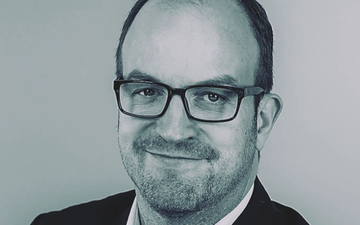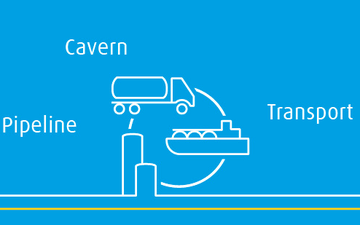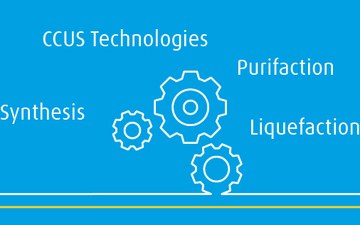- Home REN
- Home
-
Shop
-
Industries
- Processes
- Gases and Equipment
-
Services
-
Safety
-
Contact & Support
-
News & Media
- Agent Finder
H2 Q&A with Lauri Vartia: ‘We need to focus on cases that deliver results’
Lauri Vartia is Linde’s Senior Manager for Clean Hydrogen in Northern Europe. He has more than two decades of experience working with industrial gases at Linde, and in his current role, focuses on charting a path for clean hydrogen in the region.
What are some of the biggest challenges in realizing that potential?
The technology has come a long way and costs are coming down but it’s still a bit too expensive compared to fossil-based alternatives. There is a need for additional joint efforts to find more commercially feasible ways to convert fossil fuel-based processes to CO2-free solutions.
Another challenge when it comes to green hydrogen is electricity supply. To scale up production we will need large amounts of electricity – and specifically green electricity produced from renewable sources like wind, solar, and hydro. We have capacity to demonstrate that it works, but scaling up production and dealing with the costs of transmission needs to be further addressed.
Another issue related to scaling up has to do with the electrolysers themselves. Nowadays, their dimensions means you don’t have that much power per square meter. Electrolysers need to become more compact and provide more capacity in a similar or smaller footprint.
What are some specific examples of promising hydrogen applications you’ve developed with customers?
We see industrial applications for hydrogen as extremely interesting because the potential emissions impact is quite substantial. Looking at the steel industry, for example, many producers want to decarbonize and shift away from fossil-fuel processes to ones with zero emissions. Together with Ovako, we showed it was possible to heat steel using hydrogen instead of fossil-based fuels. And more R&D projects are ongoing.
Another interesting area for Linde is heavy transportation - replacing fossil fuels with hydrogen in trucks, buses, and ships. One concrete example we announced recently is the launch of a hydrogen powered ferry together with Norled, a leading ferry operator in Norway.
Where do you see hydrogen developments going in the years ahead?
We will continue to see an increasing interest from companies and governments toward zero emissions production, and continuous ambitious decarbonization goals, which will be a driving force for developments. This is very positive.
It is difficult to paint a clear picture of how things will look in another ten years. The potential with hydrogen is so huge that even if we only realize a part of it, we will still make a big difference. I am certain that hydrogen will undoubtedly play a very important role.
Back to start-page of 'Hydrogen: a potential game-changer' deep-dive.
To view the video, you need to consent to YouTube cookies.


